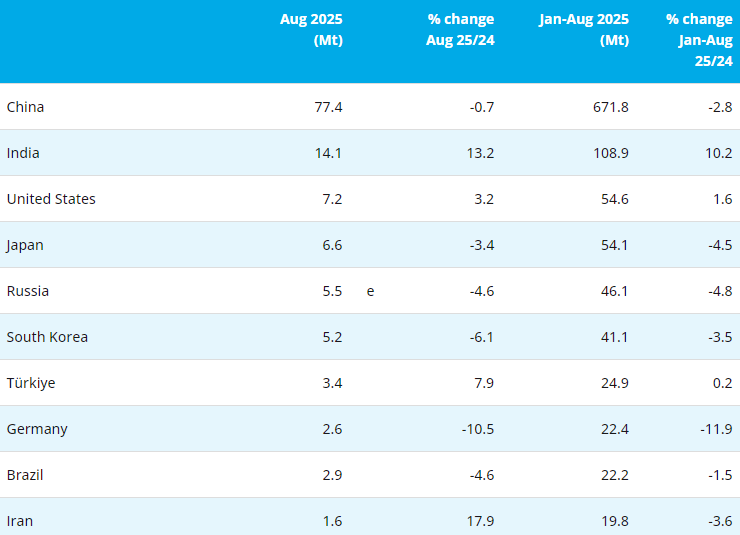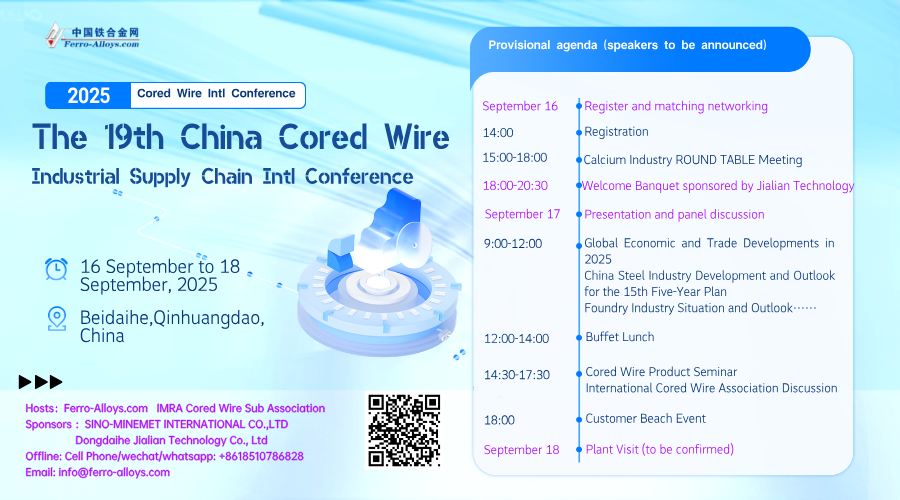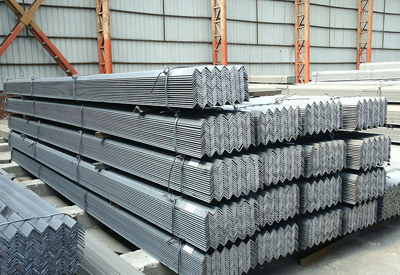[Ferro-Alloys.com] Transport Minister, Barbara Creecy, said this appeal for funds required in July and October aimed to expedite tonnage haulage and improve revenue generation for the struggling rail entity.
Transport Minister, Barbara Creecy, has revealed that Transnet has approached the National Treasury for significant short-term infrastructural development funds in a bid to tackle deep-rooted challenges within South Africa's rail system.
This appeal for funds required in July and October aimed to expedite tonnage haulage and improve revenue generation for the struggling rail entity.
Appearing on the PSG Wealth Think Big interview on Tuesday, Creecy highlighted these urgent financial requests amid rising concerns expressed by Moody's Ratings agency last month.
The agency pointed to Transnet's unsustainable capital structure, deteriorating liquidity position, and the lack of clarity on future government support, compounded by slower-than-anticipated operational improvements.
Creecy stated that concerns would persist without new investments in rail infrastructure, hence Transnet has put in a request "to the budget facility for infrastructure, for both the July and October windows".
Though a lot of figures for the total investment had been bandied about, some up to R200 billion, Creecy did not state how much Transnet had requested but said it was "a significant amount of money" as South Africa's rail infrastructure was playing 20-year catch up on developed economies.
"I suppose in the short term we are meant to be investing in the region of about R15 to R20 billion a year into the network if we want to see it functioning effectively and if we want to be able to increase the number of train slots," she said.
"We have approached the budget facility for infrastructure because we need to fix the existing lines to run more trains and run them faster."
Creecy said in addition to seeking immediate financial relief, the Department of Transport was exploring collaborative legal frameworks with the National Treasury that would enable private sector investment in rail infrastructure.
She noted that several industry stakeholders were already eager to contribute funds for specific improvements, indicating a willingness to engage the private sector in the turnaround effort.
"What we are working on with the National Treasury is a legal instrument that will allow for that kind of development," she said.
"These will all be the short-term ways we are trying to get the tonnage up. Transnet is now setting itself to haul 180 million tons for this financial year, which I do not think will happen but it is good to have ambitious targets to move the system."
Creecy also revealed that the forthcoming Rail Master Plan, expected to be released for public consultation later this year, will highlight that South Africa’s rail network has seen no significant upgrades since the 1970s, barring the Gautrain.
Currently operating on the Cape Gauge, which is narrower than the globally prevalent Standard Gauge, South Africa's rail system is limited in speed and efficiency. This hampers the dual-decking of containers on the same train, a critical component for maximising output.
"We need to think what will get us to the targeted 250 million tons a year. There is already appetite for 300 million tons. So the question is if rail will go back to being the backbone [of the economy], what's the long-term vision of modernised rail system, development of rail infrastructure, control network, and basic control system?"
Ultimately, Creecy noted that third-party participation in the rail network will be contingent on the assumption that infrastructure remains State-owned, with Transnet envisioned as the long-term infrastructure provider enabling other operators to generate revenue alongside it.
However, understanding this transition will require time. According to research conducted, if the government issues calls for proposals by year's end, it could take up to two years to reach financial close on such initiatives. This timeliness underscores the pressing nature of the interim funding request to the budget facility, emphasizing a dynamic yet attainable reform approach.
"We understand that allowing third-party into infrastructure will take time. We have done a lot of research on this based on case scenarios. If we issue the calls for proposals at the end of the year, it will take us two years to reach financial close. That's why the interim request to the budget facility for infrastructure is so important," she said.
"We understand what's the long-term vision and plan. We imagine we could have some form of partnership to fix the infrastructure. It could be a concession, a BRT, a B-BBEE, that is part of the information we have been collecting from the Request for Information process. That is the longer term vision of rail reform intended to re-establish rail as the backbone of transport for people and goods."
- [Editor:tianyawei]



 Save
Save Print
Print Daily News
Daily News Research
Research Magazine
Magazine Company Database
Company Database Customized Database
Customized Database Conferences
Conferences Advertisement
Advertisement Trade
Trade









 Online inquiry
Online inquiry Contact
Contact

Tell Us What You Think